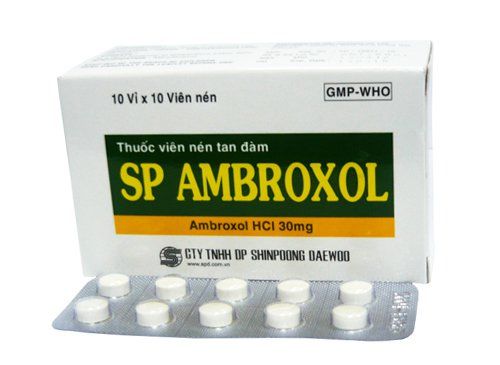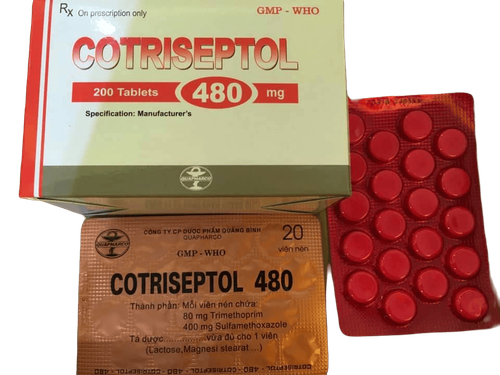This is an automatically translated article.
The drug Zenace belongs to the group of drugs that act on the respiratory tract with the main ingredient being Acetylcysteine. The drug is often used to treat pneumonia, chronic bronchitis. So what is Zenace?1. What does Zenace do?
The main ingredient in Zenace medicine is Acetylcysteine, a mucolytic agent in a sputum-dissolving fashion, which acts on the gel phase of the mucus by severing the disulfur bridges of glycoproteins. The drug Zenace is usually indicated in the following cases:To thin the phlegm in acute and chronic bronchopulmonary diseases accompanied by increased mucus secretion; Post-traumatic chest condition; Lung collapse due to mucus blockage; Tracheostomy care; Anesthesia ; Support in diagnostic bronchial research (bronchial respiration, bronchoscopy, bronchoscopy). The drug Zenace is contraindicated in some cases:
Patients with hypersensitivity to Acetylcysteine or any component of Zenace; Patients with a history of asthma (because of the risk of bronchospasm with drugs containing Acetylcysteine); Do not use to clear mucus or thin sputum in children under 2 years of age.
2. Dosage of the drug Zenace
Zenace is usually used as an inhalation through an aerosol. The specific dosage is as follows:
For the use of aerosol mask, mouthpiece or tracheal tube:
When aerosolizing in a mask, mouthpiece or tracheal tube, the dose used can range from 2-20 ml of 10% solution, used every 2-6 hours; The recommended dose is 6-10 ml of 10% solution, 3-4 times/day. For the use of aerosol chambers:
Some patients using Zenace need aerosolization in a large chamber; This is a method that requires a large amount of solution, up to 300 ml in one treatment period; When using aerosol chambers, maintaining a dense fog for the desired amount of time, even overnight, can be desired. For direct instillation:
When using Zenace directly, 1-2 ml of 10% solution is used regularly every hour; When caring for tracheal patients, 1-2 ml of 10% solution should be administered every 1-4 hours by instillation directly into the trachea.
3. Side effects of the drug Zenace
In some patients when using Zenace drug may experience side effects such as:
Nausea, vomiting; Drowsiness, headache, tinnitus; Runny nose, stomatitis; Rash, urticaria; Bronchospasm with systemic anaphylactic reactions; Fever, chills.
4. Be careful when using Zenace
Some general notes when using Zenace medicine include:
Need to monitor patients at risk of asthma closely because when using Zenace can cause bronchospasm, treat by using bronchodilator nebulizers such as: salbutamol or ipratropium and stop acetylcysteine immediately; There may be a large amount of thin sputum during treatment with Zenace, so it is necessary to aspirate sputum to clear the bronchi if the patient's ability to cough is reduced; Use caution when using Zenace with pregnant women; It is not recommended to use Zenace while breastfeeding. Do not use the drug with oxidizing drugs; Do not take any other cough medicine or any other medicine that reduces bronchial secretion during treatment with Zenace. Above is information about Zenace drug, patients need to carefully read the instructions for use, consult a doctor before use. When the drug is no longer in use, you need to collect and dispose of it according to the manufacturer's instructions.
Please dial HOTLINE for more information or register for an appointment HERE. Download MyVinmec app to make appointments faster and to manage your bookings easily.













